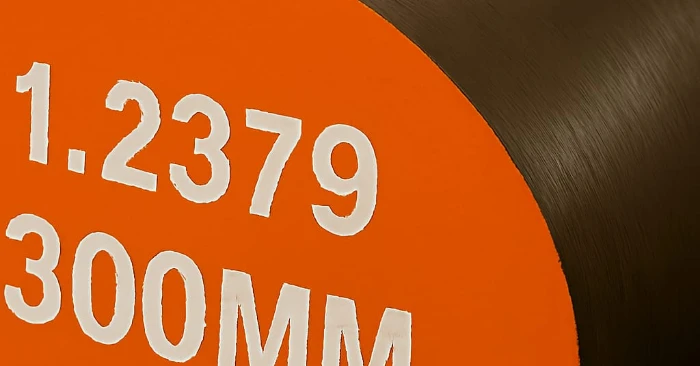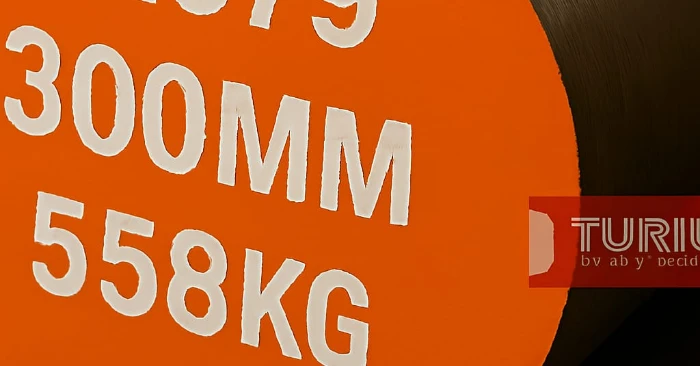1.2379


1.2379 is a high-carbon, high-chromium cold work tool steel, often regarded as the German equivalent of the popular D2 grade. It is widely used for applications requiring high wear resistance, hardness, and good dimensional stability after heat treatment.
This steel features approximately 12% chromium, which provides good corrosion resistance for a tool steel, along with excellent toughness and strength. Its wear resistance makes it suitable for cutting, forming, and blanking tools that undergo abrasive stresses at room temperatures.
1.2379 steel is typically air-hardened, meaning it achieves high hardness after cooling in air rather than oil or water, reducing the risk of distortion. It responds well to heat treatment and surface hardening processes like nitriding or induction hardening for enhanced durability.
Applications
Chemical Composition
| Element | Carbon (C) | Chromium (Cr) | Molybdenum (Mo) | Vanadium (V) | Manganese (Mn) | Silicon (Si) | Phosphorus (P) | Sulfur (S) |
|---|---|---|---|---|---|---|---|---|
| Percentage (%) | 1.50 – 1.60 | 11.00 – 13.00 | 0.70 – 1.00 | 0.70 – 1.00 | 0.20 – 0.60 | 0.10 – 0.60 | ≤ 0.030 | ≤ 0.030 |
Hardness
Equivalent Grades
- DIN (Germany): – 1.2379
- AISI/SAE (USA): – D2
- BS (United Kingdom): – BD2
- JIS (Japan): – SKD11
- AFNOR (France): – Z160CDV12
- UNI (Italy): – X160CrMoV12
- UNI (Italy): – X160CrMoV12
Heat Treatment
Hardening
Welding
Machinability
Physical Properties
| Property | Value |
|---|---|
| Density | ~7.7–7.8 g/cm³ |
| Melting Point | ~1420–1460 °C |
| Modulus of Elasticity | ~210 GPa |
| Thermal Conductivity | ~20–25 W/m·K (at room temperature) |
| Specific Heat Capacity | ~460 J/kg·K |
| Electrical Resistivity | ~0.65 µΩ·m |
| Hardness (Annealed) | ~200–220 HB |
| Hardness (Hardened) | ~58–62 HRC |
Chemical Properties
| Property | Value |
|---|---|
| Wear Resistance | Very high, due to high carbon and chromium content |
| Toughness | Moderate – lower than shock-resistant steels but suitable for cold work tooling |
| Hardenability | Excellent – responds well to oil or air quenching |
| Corrosion Resistance | Moderate – better than plain carbon steels due to high chromium (~12%) |
| Dimensional Stability | Good – maintains size well after heat treatment |
| Tempering Resistance | Strong – retains hardness at elevated temperatures |
